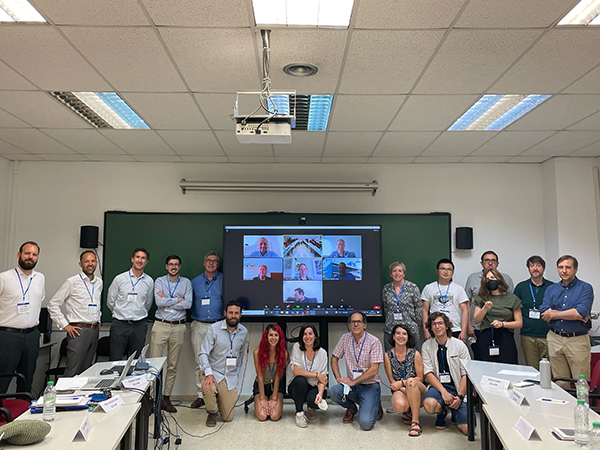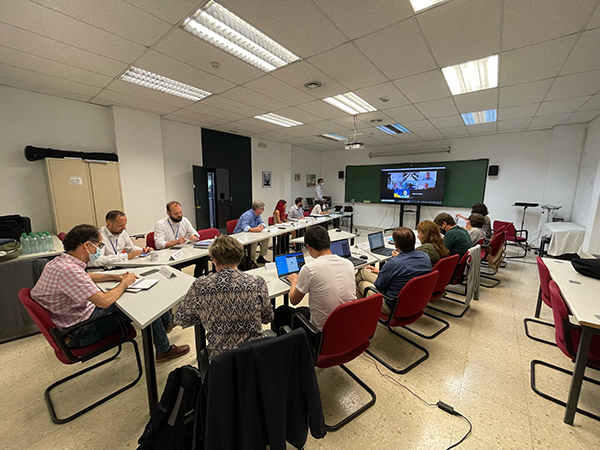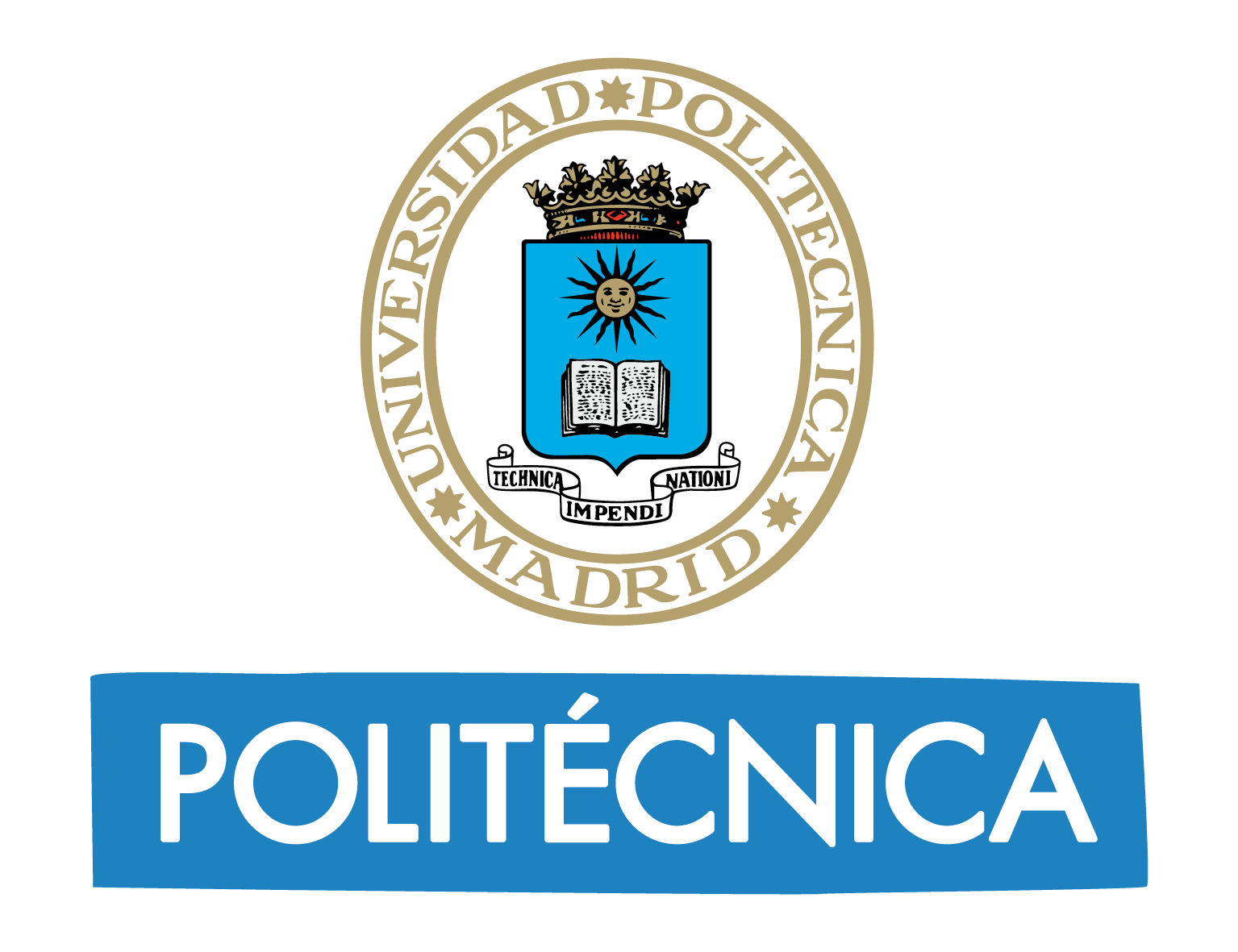UPM researchers seek to develop the first thermo-photovoltaic battery
Researchers from the Institute of Solar Energy of the Universidad Politécnica de Madrid are coordinating THERMOBAT, a project funded by the European Innovation Council to develop a thermophotovoltaic battery that can store large amounts of renewable energy at low cost.
The THERMOBAT project (A Ferrosilicon Latent Heat Thermophotovoltaic Battery), coordinated by researchers from the Institute of Solar Energy of the Universidad Politécnica de Madrid (IES - UPM) has been one of the four projects selected under the challenge “Energy harvesting and storage technologies” from the European Innovation Council Transition to Innovation 2021 call.
Funded with 2.6 million euros, this Horizon Europe project will focus on scaling up the technology developed in the H2020 project AMADEUS to manufacture a first functional prototype that can be used in a real application environment. These two projects aim to store energy in the solid-to-liquid phase change of silicon, thus taking advantage of the high latent heat of phase change of silicon, which is 10 times higher than the storage capacity of molten salts, by creating a thermo-photovoltaic battery (LHTPV) with long-term storage (10 to 100 hours) that enables heat and power generation (cogeneration) on demand.

THERMOBAT seeks to demonstrate the functionality of the minimum basic unit of the system. Therefore, the consortium will manufacture a prototype with a 100-kWh storage capacity, which is about 100 times larger than the one developed in the former project. The system will store surplus electricity from a photovoltaic installation while supplying electricity and heat on demand to a building, which will reduce its energy bill.
To do that, the project will start with a technological development phase to manufacture the different components of the system, from the thermo-photovoltaic generators (TPV) to the silicon alloys and their containers, including the thermal insulation and electrical heating system, as well as the management and control system. Afterwards, all components will be integrated and tested in a controlled laboratory environment before being installed in a building and be monitored for several months. The prototype is scheduled to be ready by the end of 2024, so testing is expected to take place throughout 2025.
The project manufacturing will include include experts in metallurgy (NTNU in Norway and Ferroglobe in Spain), refractory containers (Vesuvius-Foseco, the Netherlands), electric furnaces (Entech, Sweden) and TPV generators (IES-UPM, Spain). The project also has the necessary partners to bring this technology to the market: Thermophoton, a startup recently created by IES-UPM researchers, will oversee commercialising the systems, while Serveo will cede one of its buildings to install the system, becoming the first company to test this technology in a real environment, and will eventually become one of the first customers of this innovative technology.

This last point is relevant as one of the characteristics of this grant is that the project must include a business model and plan for the developed technology to reach the market, either for a specific application or for a set of applications that address the objectives of the challenge.
Combining the technological capabilities of the industrial partners and research institutes with the market knowledge of the start-up and its potential end-customer, the project will try to take the first steps to transfer the developed technology, with high technological risk but great potential, to the market.
If successful, the system will allow the accumulation of large amounts of surplus renewable energy that is expected to be produced in the coming years. In this way, the technology will help to enable a massive deployment of green energy and thereby reduce our dependence on fossil fuels.
European Innovation Council (EIC) - Transition to Innovation
As part of the Horizon Europe Framework Programme, the EIC Transition to Innovation call aims to fund the advancement of innovative technologies at intermediate stages of development up to market launch.
These technologies, which must start from laboratory proof of concept, must use the results of projects previously funded under the European Research Council's (ERC) Proof of Concept, the European Innovation Council's Pathfinder, or the now extinct FET (Future Emerging Technologies) calls.


